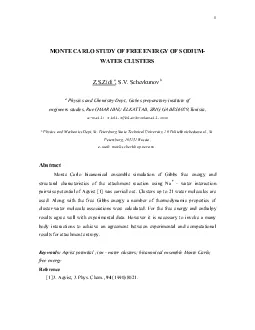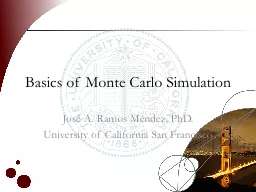PPT-Multilevel Monte Carlo Metamodeling
Author : test | Published Date : 2018-09-22
Imry Rosenbaum Jeremy Staum Outline What is simulation metamodeling Metamodeling approaches Why use function approximation Multilevel Monte Carlo MLMC in metamodeling
Presentation Embed Code
Download Presentation
Download Presentation The PPT/PDF document "Multilevel Monte Carlo Metamodeling" is the property of its rightful owner. Permission is granted to download and print the materials on this website for personal, non-commercial use only, and to display it on your personal computer provided you do not modify the materials and that you retain all copyright notices contained in the materials. By downloading content from our website, you accept the terms of this agreement.
Multilevel Monte Carlo Metamodeling: Transcript
Download Rules Of Document
"Multilevel Monte Carlo Metamodeling"The content belongs to its owner. You may download and print it for personal use, without modification, and keep all copyright notices. By downloading, you agree to these terms.
Related Documents

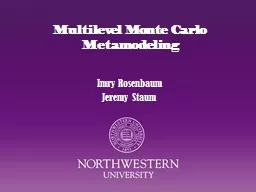

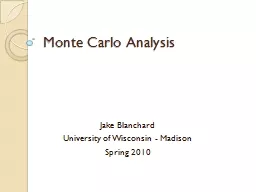

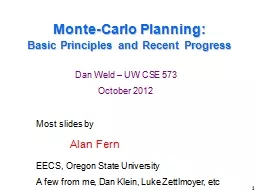


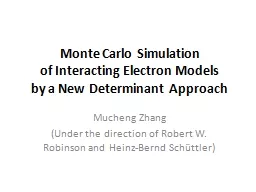
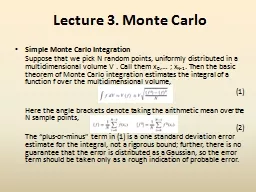

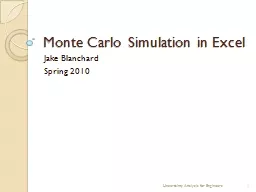
![Computer Graphics CSE 167 [Win 17], Lecture](https://thumbs.docslides.com/758602/computer-graphics-cse-167-win-17-lecture.jpg)
